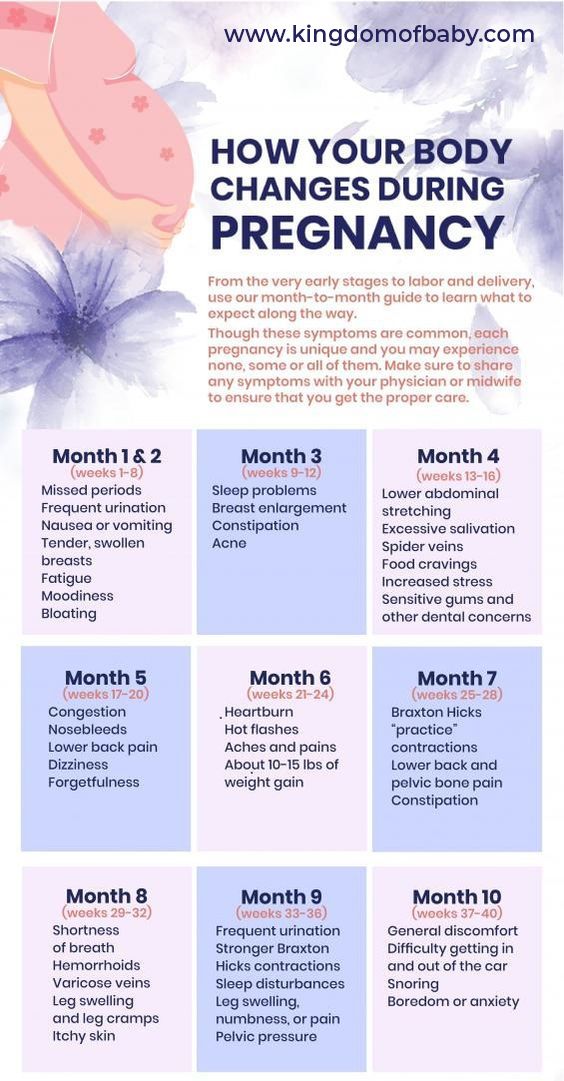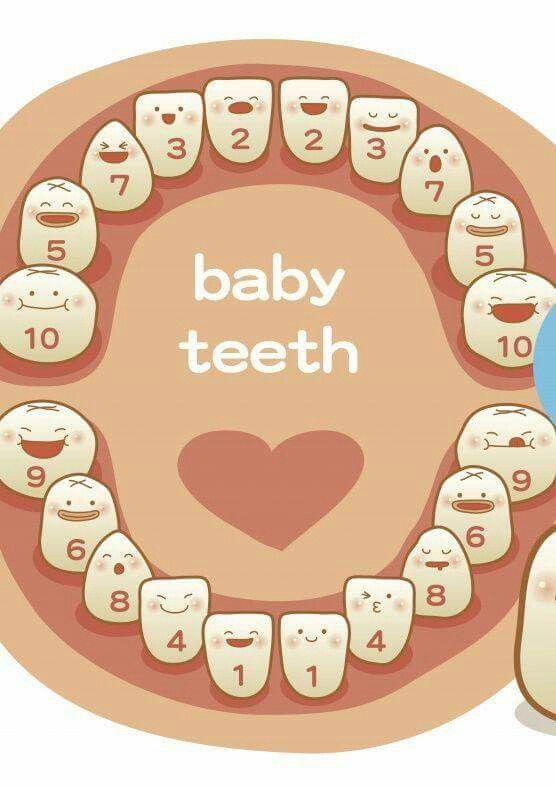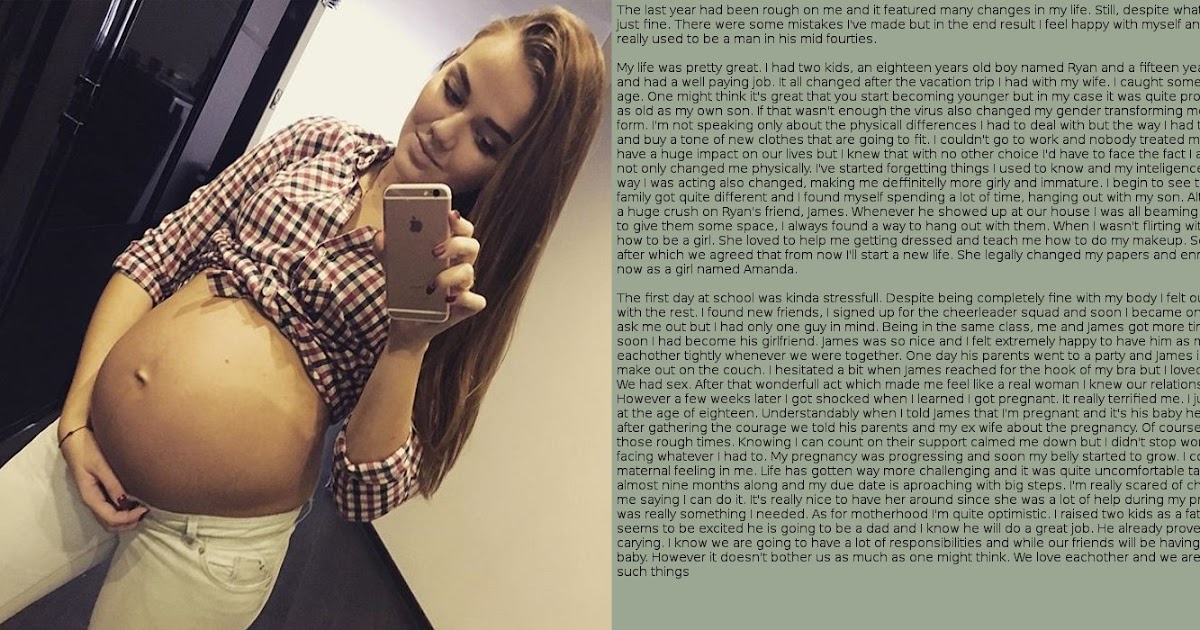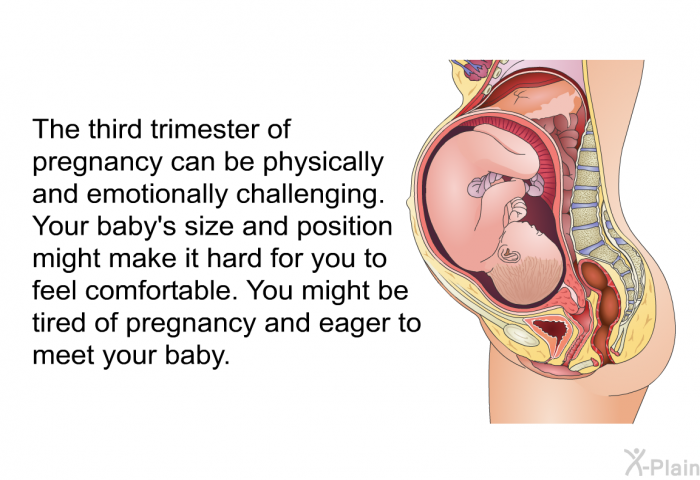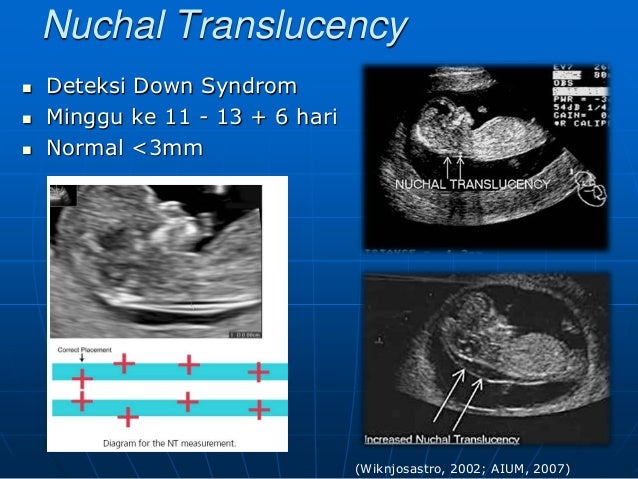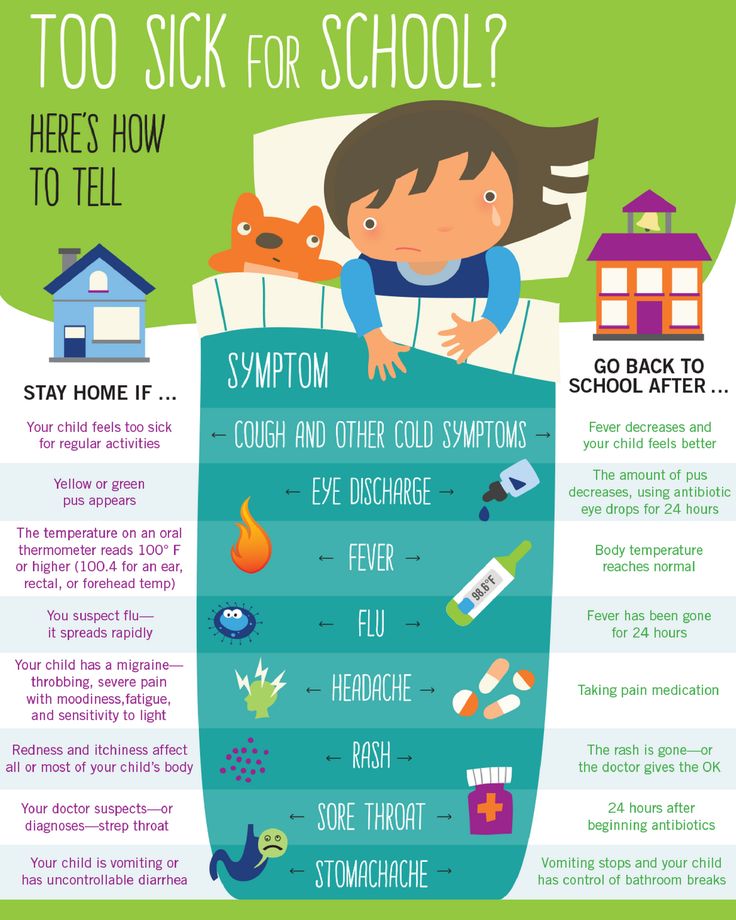How to become a child neurologist
What is a Child Neurologist?
Log in | Register
Family Life
Family Life
A child neurologist, or pediatric neurologist, is a doctor who treats children who have problems with their nervous system. Problems in the nervous system can start in the brain, spine, nerves, or muscles. These can lead to problems such as seizures, headaches, or developmental delays.
Child neurologists treat children from birth into young adulthood. They choose to make the care of children the core of their medical practice, and their advanced training and experience equip them to meet your child's unique needs.
What training do child neurologists have?
Child neurologists are medical doctors who have completed (in order):
Four years of medical school
At least 1 to 2 years of general pediatrics internship/residency
Three years of residency training in child neurology, which includes one year of training in adult neurology
Some child neurologists complete an additional 1-2 years of training called a fellowship, where they learn a sub-specialty within neurology, such as epilepsy, neuromuscular disease, or genetics.
In addition, most child neurologists have certification from the American Board of Pediatrics and the American Board of Psychiatry and Neurology.
The terms intern, resident, and fellow correspond to internships, residencies, and fellowships. There are doctors at various levels who are training under more experienced doctors in their field.
What types of services do child neurologists provide?
Child neurologists often diagnose, treat, and manage the following conditions:
Seizures and epilepsy
Muscle problems which may cause weakness, such as: muscular dystrophy or neuropathy
Headaches, including migraines and concussions
Behavioral disorders, including attention-deficit/hyperactivity disorder (ADHD), tics and Tourette Syndrome, and sleep problems
Autism
Developmental disorders, including cerebral palsy, delayed speech, delayed motor milestones, and coordination issues
Intellectual disability
Congenital malformations, which are problems in how the brain forms or develops
Stroke and traumatic brain injury (TBI)
Genetic conditions that affect the nervous system
Autoimmune problems that impact the brain and spinal cord (such as multiple sclerosis)
Infections or inflammation of the brain (such as meningitis or encephalitis)
Brain tumors
What types of tests do child neurologists order?
Child neurologists often make a diagnosis by hearing about your child's symptoms, their medical history, and physical exam, but at times, more tests are necessary to make a diagnosis.
Common tests that child neurologists order include:
EEG (electroencephalogram) is a test that looks for problems with the electrical activity in your brain. This test can be used to look for seizures, and to make sure your child's brain is making the expected types of electrical activity for their age.
MRI (magnetic resonance imaging) or CT scan are types of imaging tests used to take pictures of the brain and/or spine. These can look for signs of brain tumor, stroke, infection, multiple sclerosis, certain genetic conditions, and more.
Lumbar puncture (spinal tap) is a test where doctors insert a small needle in the lower back to take a sample of spinal fluid, which surrounds your brain and spinal cord. This can help look for signs of infection or inflammation.
Blood tests may be ordered for your child. These may include basic labs checking for electrolyte changes or signs of infection, or more complicated testing such as genetic tests for specific disorders.
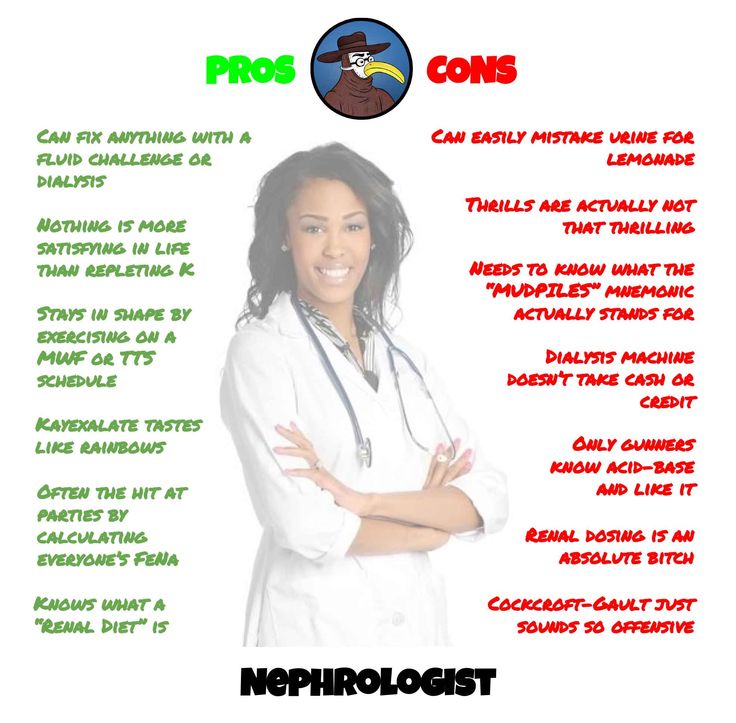
Where can I find a child neurologist?
Child neurologists' practice in many different medical settings. They may work in children's hospitals, university medical centers, community-based outpatient practices, private offices, and clinics.
Child neurologists are a part of a medical home.
In many cases, child neurologists work as a team with pediatricians or other primary care doctors. Child neurologists also often work closely with physical therapists, occupational therapists, and speech therapists to help your child develop and learn to the best of their potential. In addition, child neurologists may work with other pediatric specialists to care for children who have more complex or serious medical issues, such as epilepsy, birth defects, or genetic disorders. These are chronic conditions that require ongoing care and close follow-up throughout childhood and adolescence.
As the field of child neurology grows, some neurologists are becoming even more specialized and have more specific areas of expertise. With especially complex medical issues, sometimes your child may be referred to a neurologist with a specific area of interest, such as a neurologist who mainly treats children with strokes or one who specializes in treating children with seizures. Your pediatrician or local neurologist will be able to refer you to such a specialist if necessary.
With especially complex medical issues, sometimes your child may be referred to a neurologist with a specific area of interest, such as a neurologist who mainly treats children with strokes or one who specializes in treating children with seizures. Your pediatrician or local neurologist will be able to refer you to such a specialist if necessary.
- Last Updated
- 10/15/2018
- Source
- Section on Neurology (SONu) (Copyright @ 2018 American Academy of Pediatrics)
The information contained on this Web site should not be used as a substitute for the medical care and advice of your pediatrician. There may be variations in treatment that your pediatrician may recommend based on individual facts and circumstances.
The Field of Child Neurology
What does a Pediatric Neurologist do?
The discipline of Pediatric Neurology, also called Child Neurology, encompasses disorders of the brain, spinal cord, peripheral nerve and muscle affecting infants, children and adolescents. The variety of patients seen by a child neurologist varies from those with common, relatively straightforward conditions, such as cerebral palsy or migraine, to those with rare or complex conditions, such as metabolic or degenerative disorders. This robust variety of conditions allows child neurologists to structure their scientific or clinical careers according to their clinical or research interests.
The variety of patients seen by a child neurologist varies from those with common, relatively straightforward conditions, such as cerebral palsy or migraine, to those with rare or complex conditions, such as metabolic or degenerative disorders. This robust variety of conditions allows child neurologists to structure their scientific or clinical careers according to their clinical or research interests.
What are the career opportunities?
Given their shortage, child neurologists have exciting opportunities in private practice or academics throughout the world. The number of child neurologists in the U.S. is estimated to be at least 20% below the national needs, although many believe that this is a conservative estimate.
The majority of child neurologists have active clinical practices, either as private practitioners or in an academic setting. In general, approximately 40% to 50% of the patients in a typical child neurology practice have epilepsy, 20% have developmental delay or learning or behavioral issues, and 20% have headaches.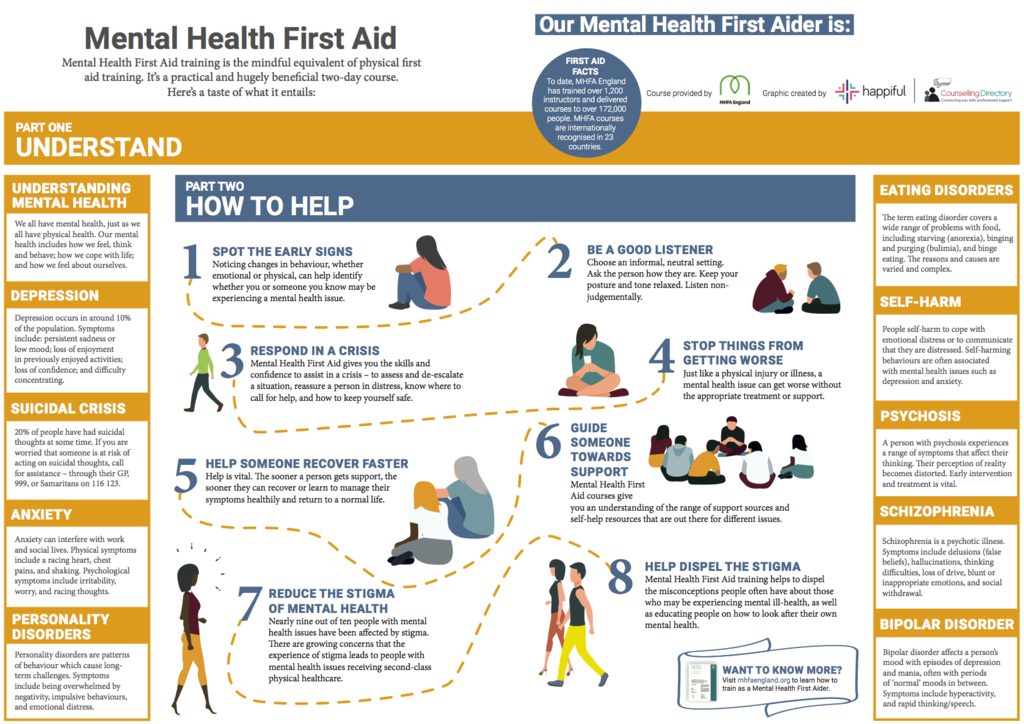 The remaining patients have unusual conditions, such as metabolic, genetic or syndromic disorders. In many centers, individual clinical practices are highly specialized and address specific conditions, such as pediatric stroke, migraine, intractable epilepsy, or rare metabolic or degenerative conditions. Child neurologists can subspecialize in such areas as neonatal neurology, epilepsy, headache, neurogenetics, neurodevelopmental disabilities, or pediatric neuromuscular diseases. Child neurologists often evaluate and manage children with neurobehavioral disorders, including Tourette syndrome, attention deficit hyperactivity disorder or autism spectrum disorder. Many academic child neurologists enter careers in laboratory-based or clinical/translational research. Thus, divisions of child neurology can be a home for individuals with MD/PhD degrees or other advanced research training. As neurogenetics has moved from the era of identifying single gene disorders to the studies of complex traits, such as autism spectrum disorder and Tourette syndrome, opportunities for both basic and clinical research in child neurology continue to expand.
The remaining patients have unusual conditions, such as metabolic, genetic or syndromic disorders. In many centers, individual clinical practices are highly specialized and address specific conditions, such as pediatric stroke, migraine, intractable epilepsy, or rare metabolic or degenerative conditions. Child neurologists can subspecialize in such areas as neonatal neurology, epilepsy, headache, neurogenetics, neurodevelopmental disabilities, or pediatric neuromuscular diseases. Child neurologists often evaluate and manage children with neurobehavioral disorders, including Tourette syndrome, attention deficit hyperactivity disorder or autism spectrum disorder. Many academic child neurologists enter careers in laboratory-based or clinical/translational research. Thus, divisions of child neurology can be a home for individuals with MD/PhD degrees or other advanced research training. As neurogenetics has moved from the era of identifying single gene disorders to the studies of complex traits, such as autism spectrum disorder and Tourette syndrome, opportunities for both basic and clinical research in child neurology continue to expand.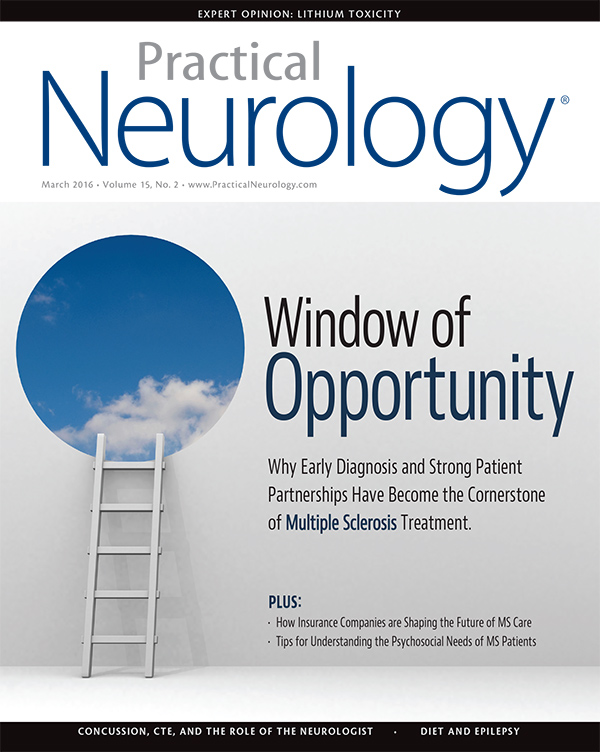 New and emerging therapies require child neurologists who will join teams of investigators as they identify evidence-based approaches for many neurological conditions.
New and emerging therapies require child neurologists who will join teams of investigators as they identify evidence-based approaches for many neurological conditions.
What Board(s) certifies Child Neurologists?
Child neurologists are certified by the American Board of Psychiatry and Neurology (ABPN) as having special qualification in child neurology. Many child neurologists also obtain Board Certification in Pediatrics through the American Board of Pediatrics (ABP). A special agreement exists between the ABP and the ABPN whereby an applicant can fulfill the training requirements of both organizations. To ensure that trainees receive comprehensive training in pediatrics, the ABP requires two years of training in general pediatrics. Click here for more information.
What is the lifestyle of a Child Neurologist?
Child neurologists lead rewarding lives through service to their patients and dedication to pediatric neuroscience. The hours can be long, but the practice life of a child neurologist can be enriched through community service, advocacy and scholarly activities.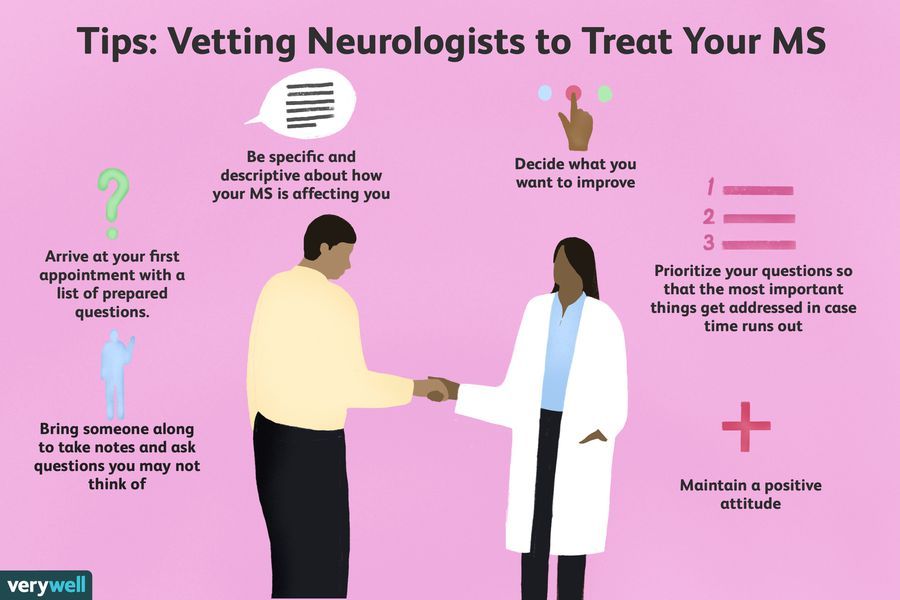 Because most child neurologists enter group practices, night and weekend calls are typically taken at home and can be distributed, allowing balance in personal and professional lives.
Because most child neurologists enter group practices, night and weekend calls are typically taken at home and can be distributed, allowing balance in personal and professional lives.
What is the compensation of a Child Neurologist?
The salaries and benefits provided to a child neurologist vary according to the nature of the clinical practice. In general, child neurologists in private practice earn more than those in academic environments. Practices that emphasize and derive compensation from procedures, such as electroencephalography (EEG) or neuroimaging, can provide substantial income to the members of the group. A child neurologist’s salary and benefits allow a very comfortable lifestyle. Most child neurologists annually earn between $175,000 to $350,000 (ref).
How do I become a Child Neurologist?
Child neurologists enter training via a match administered by the National Resident Matching Program (NRMP). Trainees can enter the match at several points: during their fourth year of medical school (the most common pathway), after 1, 2 or 3 years of pediatric training, or after the completion of pediatric residency.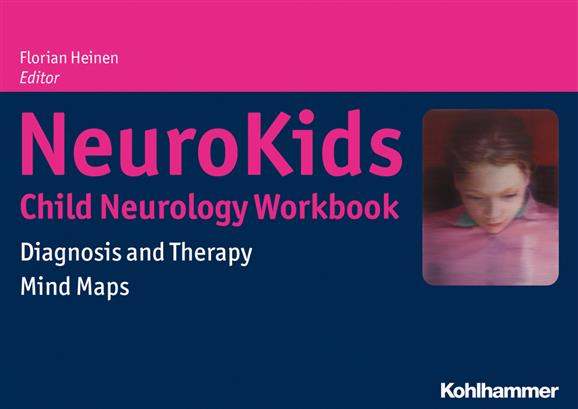 Prerequisites for training in child neurology consist of 2 years of residency training in pediatrics, 1 year of residency training in general internal medicine and 1 year of residency training in pediatrics or 1 year of pediatrics plus 1 year of basic neuroscience (for example, PhD) training. These prerequisites allow considerable flexibility in the educational preparation to become a board eligible child neurologist. After completion of training, an individual must successfully pass the American Board of Psychiatry and Neurology examination to become board certified as a child neurologist.
Prerequisites for training in child neurology consist of 2 years of residency training in pediatrics, 1 year of residency training in general internal medicine and 1 year of residency training in pediatrics or 1 year of pediatrics plus 1 year of basic neuroscience (for example, PhD) training. These prerequisites allow considerable flexibility in the educational preparation to become a board eligible child neurologist. After completion of training, an individual must successfully pass the American Board of Psychiatry and Neurology examination to become board certified as a child neurologist.
Where do I find out about available programs?
Information about careers and programs can also be obtained from the website of the Child Neurology Society.
When do I apply?
The child neurology match occurs simultaneously with the regular residency match process. The process ensures that fourth year students matching in child neurology can obtain two years of training in a pediatric program.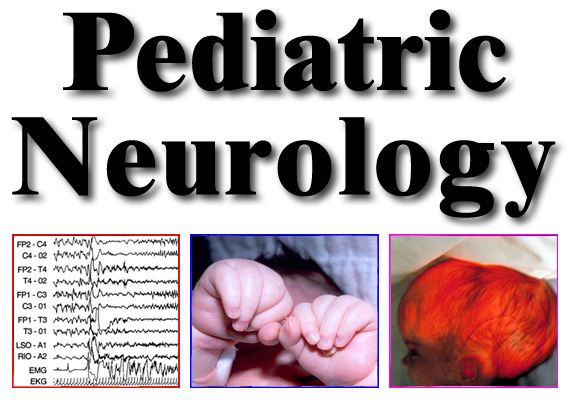 There are three different options for child neurology and pediatrics training:
There are three different options for child neurology and pediatrics training:
- Option 1: A combined five-year child neurology program. An institution offering this program has a single match list for both pediatrics and child neurology training and matches the candidates for a full five years of residency training (two years in pediatrics followed by three years in child neurology). When the candidate uses this option on their NRMP ranking list, a separate preliminary pediatrics residency list does not appear and is not needed.
- Option 2: A linked preliminary pediatrics and child neurology program. The child neurology and pediatrics residency programs have separate rank lists. The candidate matches into the child neurology program for post-graduate years three through five and will only match into the two-year preliminary pediatric program if the candidate is ranked by both programs. When the candidate uses this option on the NRMP ranking list, a separate list for the preliminary pediatric residency program with the institution appears and must be completed.
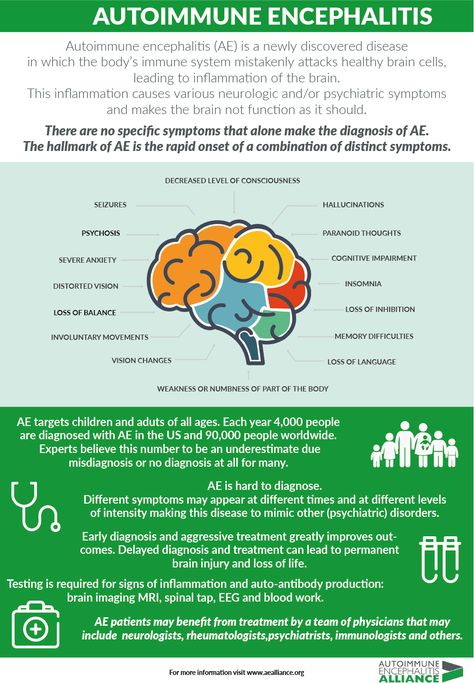
- Option 3: Separate preliminary pediatric and neurology residency programs. In this option, the candidate must create two separate rank lists, one for the two year preliminary pediatric residency program and another for the three year child neurology program.
Why should I choose to become a Pediatric Neurologist?
Pediatric neurology provides rewarding career opportunities for those interested in child development and pediatric neuroscience, whether in clinical child neurology or basic neurobiology. Given the continuing shortage of child neurologists, job opportunities abound throughout the U.S. for satisfying careers in practice or academic environments.
For more information about Pediatric Neurology, visit these websites:
- Child Neurology Society
- NRMP
- ACGME
- American Board of Pediatrics
- American Board of Psychiatry and Neurology
- American Academy of Neurology Child Neurology Section
- American Academy of Pediatrics Section on Neurology
- Child Neurology Foundation
Subspecialty Journals
- Developmental Medicine and Child Neurology
- Journal of Child Neurology
- Neuropediatrics
- Pediatric Neurology
- Council of Pediatric Subspecialties
Profession Neurologist - Ucheba.
 ru
ru College of Economic International Relations
For graduates of 9th and 11th grades.
Higher education online
Federal project of distance education.
nine0002 I would go to the oil industry!Take the test, find out your future profession and how to get it.
Technologies of the future
Get inspired to become a cool engineer to change the world
Student projects
Moscow Polytechnic University students talk about their inventions
Chemistry and Biotechnology at RTU MIREA
nine0004 120 years of training experienceInternational College of Arts and Communications
MKIK - modern college
English
Together with Wall Street English experts, we decided to talk about English in a way that would make you want to learn it.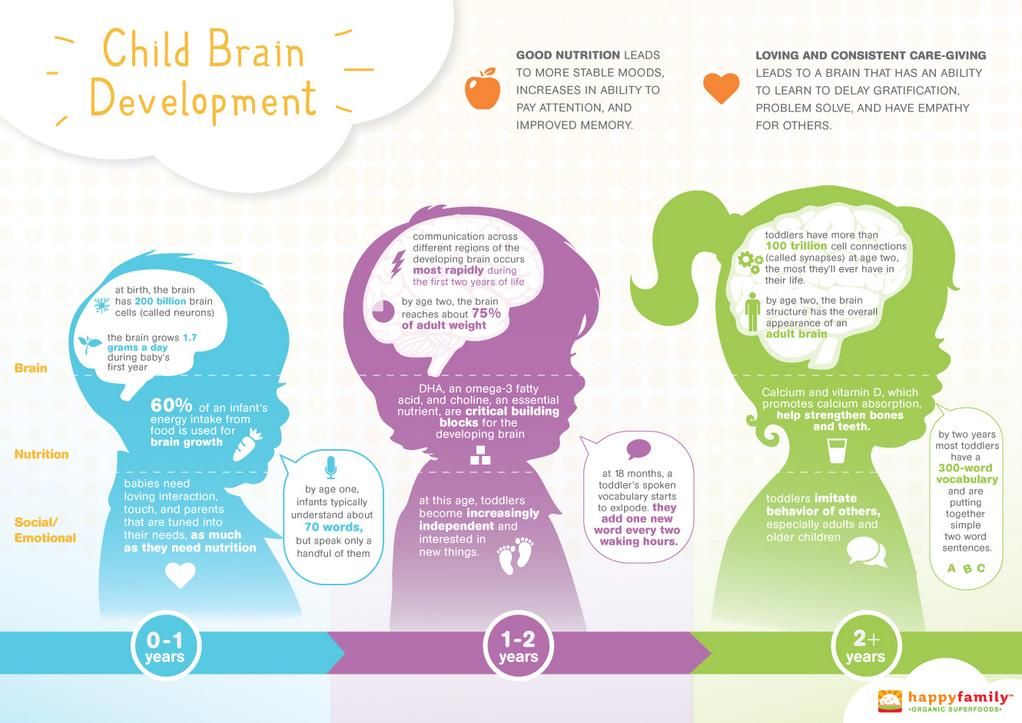
15 rules of safe behavior on the Internet
Simple but important rules for safe online behavior. nine0005
Olympiads for schoolchildren
List, calendar, levels, benefits.
First economic
We talk about what lives and how the REU named after G.V. Plekhanov.
Ticket to Holland
Participate in the competition and win a trip to Holland to study at one of the summer schools at Radboud University.
nine0002 Digital HeroesThey create Internet services, social networks, games and applications that are used daily by millions of people around the world.
Jobs of the future
How new technologies, scientific discoveries and innovations will change the landscape of the labor market in the next 20-30 years
Dream professions
Together with the Foxford online learning center, we decided to ask schoolchildren who they dream of becoming and where they plan to go. nine0005
Economic Education
About what the modern economy is and what career prospects open up for future economists.
Humanitarian sphere
We talk with experts about the importance of liberal arts education and the areas of its application in practice.
Young engineers
Engineering specialties are becoming more and more in demand and promising. nine0005
Table of ranks
What is the civil service, who are civil servants and what kind of education is a good start for future officials.
Career in petrochemistry
Petrochemistry is innovation, the real production of products that are in every home.
How to prepare a child for examination by a neurologist?
Author: Aminzoda Nigina Khayatovna
Pediatric neurologist, epileptologist, psychoneurologist, Ph.D.
What you need to know when registering a child with a neurologist of our center. How to prepare a child for examination by a neurologist? And is it even necessary to do this?
Often in medical practice, when examining young patients, doctors of different specialties use a special approach to establish communication with the baby and their parents. And in order for the examination of the child to be carried out most fruitfully, doctors sometimes have to use their “professional tricks”, which can sometimes seem to parents as an odd behavior of the researcher and even distrust the doctor! nine0005
And in order for the examination of the child to be carried out most fruitfully, doctors sometimes have to use their “professional tricks”, which can sometimes seem to parents as an odd behavior of the researcher and even distrust the doctor! nine0005
In order not to mislead yourself as a parent, we advise you to read some recommendations when visiting a neurologist, who most often, among other specialists, has to deal with disobedience, whims, anxiety and fears in children, as the leading complaint of the child's representatives. In addition, neurologists in everyday practice are faced with different degrees of development of the child, the inability of the baby to express his thoughts and complaints. Therefore, we recommend following a few recommendations: nine0005
- When making an initial appointment with a specialist, parents need to decide on the scope of the upcoming consultation. The clinic provides two options for visiting a pediatric neurologist: 30 and 60 minutes.
 A second consultation with a specialist usually takes 30 minutes.
A second consultation with a specialist usually takes 30 minutes. - The 60-minute initial appointment is preferred for examining children over 5 years of age, when addressing issues of development of a child with behavioral disorders from 3 years of age. Also, a 60-minute consultation will be needed to study and evaluate a large amount of research previously conducted in other clinics and presented to a specialist for review for the first time, even for a consultation of an infant. Such situations may be associated with severe perinatal diseases of babies, in children who have previously undergone repeated hospitalizations, with various organic lesions of the nervous system, in the presence of convulsive syndromes and epilepsy. nine0098
- A 30-minute appointment can be scheduled during repeated consultations, after additional studies, during a dynamic scheduled examination against the background of the recommended treatment.
- Prophylactic appointments generally take no more than 30 minutes, including neonates and older children.

- It is useful to have a child's favorite toy with you. In winter, change comfortable (home) shoes for the baby.
- We remind you that the doctor will need additional time (3-5 minutes) to complete the report of the conclusion, issue referrals and possibly prescriptions. nine0098
- For the rational use of the time presented, it is advisable to prepare and write down the main actual complaints at the time of the examination in advance and voice everything at once without stretching it for the entire appointment, giving them to the doctor in “doses” so that during the examination it would be convenient for the specialist to plan the examination tactics, optimize the time of conversation with the child , without additional amendments during the consultation (sometimes “delaying” or “smoothing”, hiding complaints and even playing “cat and mouse” or “guess yourself” with the doctor) leads to zeroing the time spent on the conversation. nine0098
- It is useful, if possible, to provide video recordings of events that disturb you for inspection, so as not to explain yourself “on the fingers”.

Why is it important? The specialist needs to choose and apply the optimal tactics for examining a small patient, from the many possible options for studying the nervous and mental sphere in children. Parents play an active role in the results of joint work. It is important for us to have a properly built relationship with you, we hope for your sincerity and interest in the final result of our meeting! nine0005
In situations where the child's complaints are associated with pain symptoms, fears, aggression, neurosis, the neurologist needs to form at least two diagnostic lines: the perception of the baby's health from the point of view of the parents and to understand the "internal picture of the disease" of the small patient in order to correctly assess the objective picture possible disease. After all, it is no secret that some age periods of children are associated with the rapid development of fantasies, the child's individual representation of the surrounding reality, a tendency to manipulative behavior, conscious and unconscious imitation.
And how important it is in these situations to be able to identify an important diagnostic feature in time and not miss the most important thing. nine0005
In this regard, at the appointment with a neurologist in our center, a certain tactic of interviewing parents at the beginning of the consultation is provided: the parent is interviewed separately from the child older than 4-5 years of age, this usually takes 5-10 minutes (up to 20 minutes in special cases), and only after that, the baby is invited to the office. In some cases, when contacting a pediatric neurologist, it is desirable to be accompanied by both parents or the presence of another loved one if the child is very anxious and cannot spend time on his own near the office. For children with mental disabilities, this rule is excluded. nine0005
Remember that the diagnostic process by a specialist begins from the first minutes of visiting the office, even if it seems to you that the doctor has not yet “touched or undressed” the baby. Your child, depending on age and development, will need time to adjust, and a temporary distancing tactic will be used.
Your child, depending on age and development, will need time to adjust, and a temporary distancing tactic will be used.
There will be no unambiguous and direct recommendation here. If this meeting takes place for the first time, then it is better not to discuss his problems with the child, do not fix his attention on the peculiarities of his health immediately before taking , suggest that school-age children visit the doctor in a “routine manner”. Sometimes you can pretend that mom or dad is going to the doctor for an appointment, and the baby accompanies them. But excessive fuss around the upcoming consultation, excessive warning of the child in some cases, more often in young children, can induce unnecessary anxiety and vice versa sow fear of the event.
Parents, as a rule, themselves know how to motivate a younger child if he does not have to go through painful procedures. And situations are different, as is the age of the child, and therefore sensitivity, attention and intuition will tell you the best approach.
